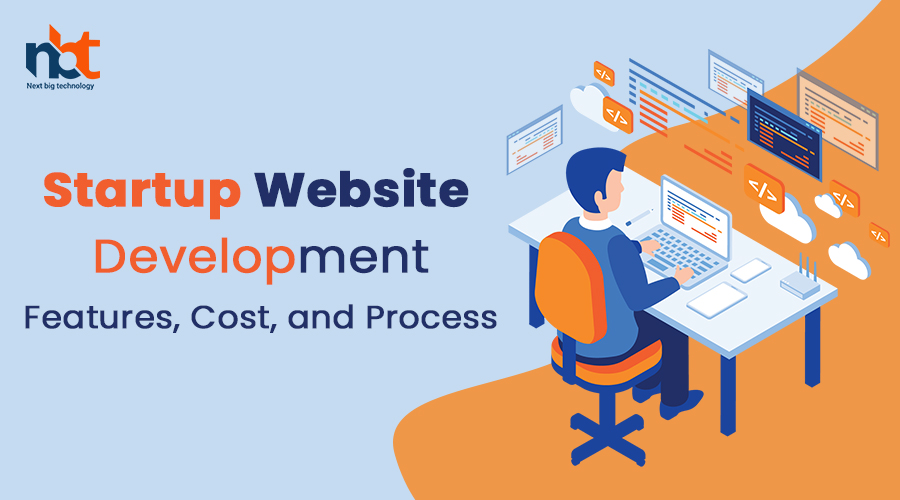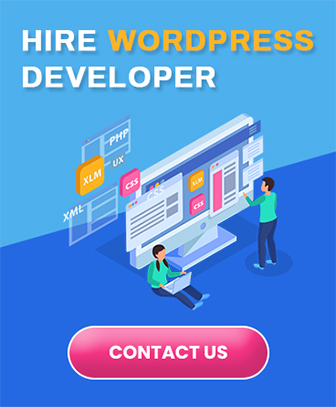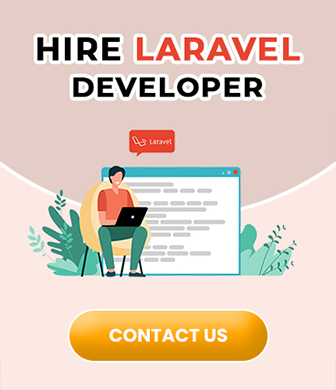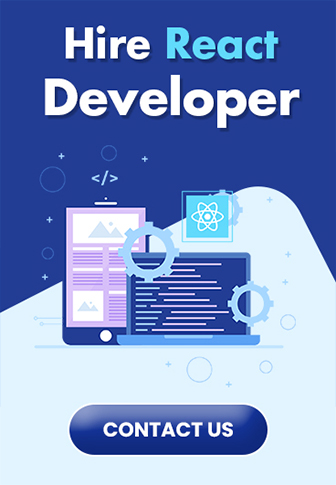In today’s competitive business landscape, a well-designed startup website is a crucial asset for establishing a strong online presence, showcasing your brand, and attracting potential customers and investors. This comprehensive guide explores the essential features, cost considerations, and step-by-step process involved in developing an impactful website for your startup.
Table of Contents
Introduction to Startup Website Development
- Understanding Startup Websites: Defining the role of websites in launching and promoting new businesses.
- Importance of Startup Websites: Building credibility, expanding reach, and facilitating customer engagement.
Key Features of Startup Websites
Clear Branding:
- Logo and Brand Identity: Incorporating your startup’s logo and consistent brand elements.
- Tagline and Value Proposition: Communicating your unique selling points clearly.
- Color Palette and Typography: Using consistent colors and fonts that align with your brand.
Compelling Content:
- Homepage Message: Delivering a concise and impactful message about your startup.
- Product/Service Information: Describing your offerings, benefits, and features.
- Storytelling: Sharing the story behind your startup’s inception and mission.
User-Centric Design:
- Intuitive Navigation: Ensuring easy access to different sections of your website.
- Mobile Responsiveness: Optimizing your website for seamless viewing on mobile devices.
- User-Friendly Layout: Organizing content for clarity and user engagement.
Call to Action (CTA):
- CTA Buttons: Placing clear and persuasive buttons for actions like sign-up or purchase.
- Lead Generation Forms: Offering forms for capturing visitor information.
- Newsletter Subscription: Allowing users to subscribe for updates and news.
High-Quality Imagery:
- Professional Photos: Using high-resolution images of products, services, or team members.
- Visual Consistency: Maintaining a consistent visual style across all images.
- Custom Graphics: Creating custom graphics to visually explain concepts or processes.
Testimonials and Case Studies:
- Customer Reviews: Showcasing positive feedback and testimonials from satisfied customers.
- Case Studies: Presenting in-depth success stories to demonstrate your value.
Blog and Content Hub:
- Blogging Platform: Providing a space to share industry insights, tips, and news.
- Resource Center: Creating a repository of downloadable resources, guides, and whitepapers.
- SEO Optimization: Incorporating keywords to improve search engine visibility.
Contact Information:
- Contact Form: Allowing visitors to reach out with inquiries or feedback.
- Location and Map: Displaying your startup’s physical location with an interactive map.
- Social Media Links: Linking to your social media profiles for broader engagement.
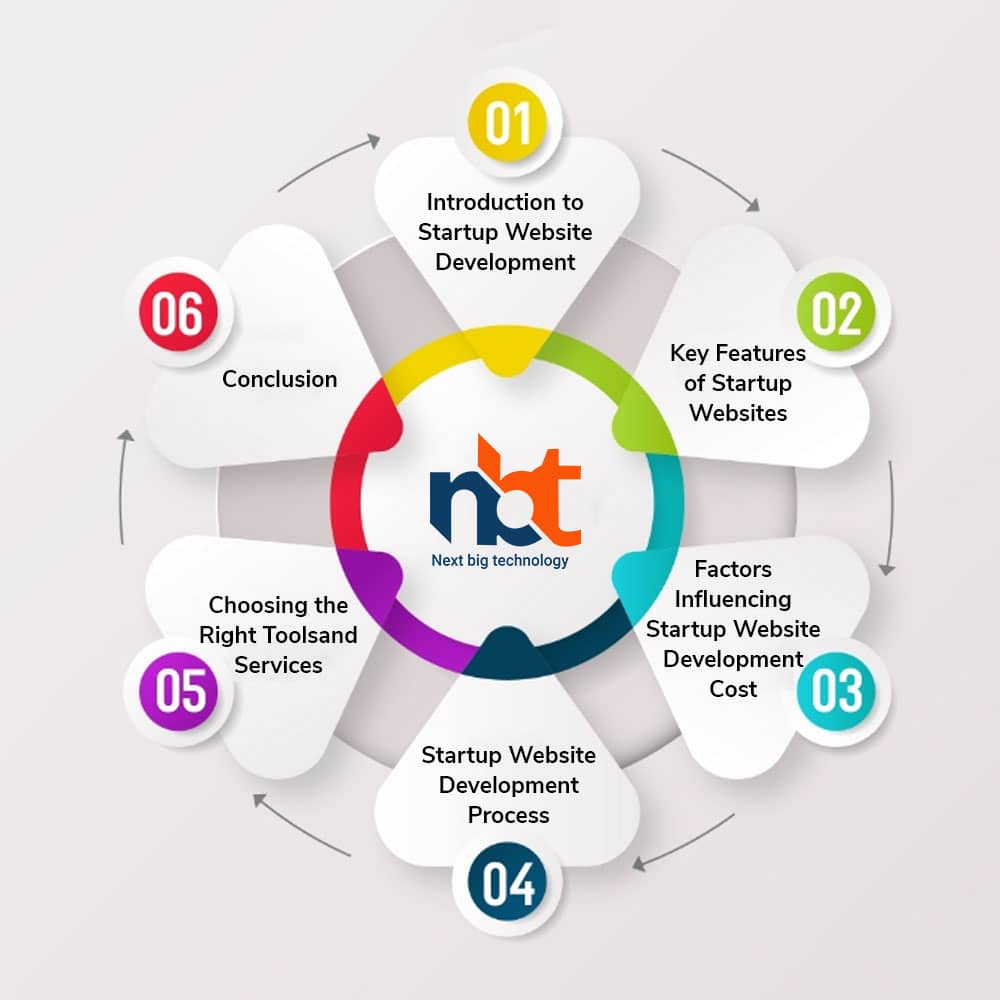
Factors Influencing Startup Website Development Cost
- Design Complexity: The intricacy of branding elements, graphics, and layout.
- Functionality and Features: Adding custom tools, e-commerce, or interactive elements.
- Content Volume: Developing extensive content, such as blog posts and case studies.
- Custom Development: Building unique features or integrations.
- Mobile Responsiveness: Ensuring the website is optimized for mobile devices.
- Ongoing Maintenance: Regular updates, security checks, and content management.
Startup Website Development Process
1. Planning Phase
- Define Website Goals: Identify the purpose, target audience, and objectives.
- Content Strategy: Plan the type of content, such as product details, blog topics, and resources.
- Branding Identity: Establish a consistent brand identity, including colors and typography.
- Technology Selection: Choose a suitable content management system (CMS) or development platform.
2. Design and Development Phase
- User Experience Design: Design a visually appealing and user-friendly interface.
- Content Creation: Develop high-quality content aligned with your startup’s messaging.
- Branding Implementation: Incorporate your logo, color scheme, and visual elements.
- Custom Development: Add interactive features, forms, and e-commerce capabilities.
3. Testing and Launch Phase
- Quality Assurance: Test all features, forms, and interactive elements thoroughly.
- User Testing: Invite a group of users to navigate the website and provide feedback.
- Mobile Testing: Ensure the website functions seamlessly on various mobile devices.
- Content Review: Proofread content for accuracy, grammar, and readability.
- Security Checks: Implement security measures to protect user data.
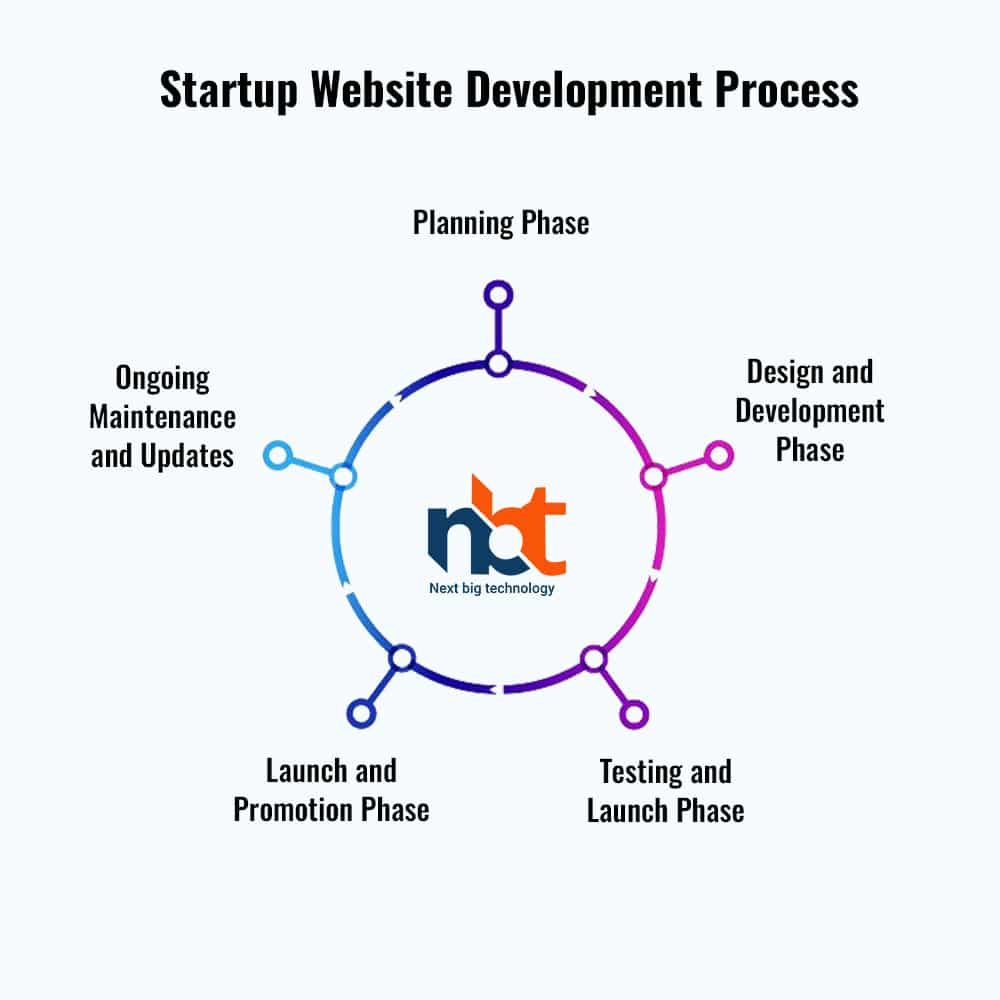
4. Launch and Promotion Phase
- Final Deployment: Upload the website to the chosen hosting server.
- Announce the Launch: Promote the website on social media, through email marketing, and press releases.
- User Onboarding: Provide guidance on navigating the website and using its features.
- Analytics Setup: Implement tracking tools to monitor website traffic and user engagement.
5. Ongoing Maintenance and Updates
- Regular Content Updates: Keep the blog, news, and resources section fresh and relevant.
- Technical Support: Address technical issues and inquiries promptly.
- Performance Optimization: Regularly optimize website speed and loading times.
- Security Measures: Implement regular updates and security patches.
5. Choosing the Right Tools and Services
- Content Management Systems (CMS): Explore options like WordPress, Joomla, or custom development.
- Website Design Tools: Utilize graphic design software for creating branding elements.
- E-Commerce Platforms: Consider platforms like Shopify or WooCommerce for online sales.
- Design and Development Professionals: Hire designers, developers, and content creators.
- Analytics Tools: Implement tools for monitoring website performance and user behavior.
Conclusion
In conclusion, a well-crafted startup website is a crucial asset for building your brand, attracting customers, and showcasing your offerings. The features you incorporate, the design complexity, and the ongoing maintenance all contribute to the overall cost. By following a structured development process, utilizing appropriate tools, and focusing on user experience, you can create a compelling online presence that drives the success of your startup.







